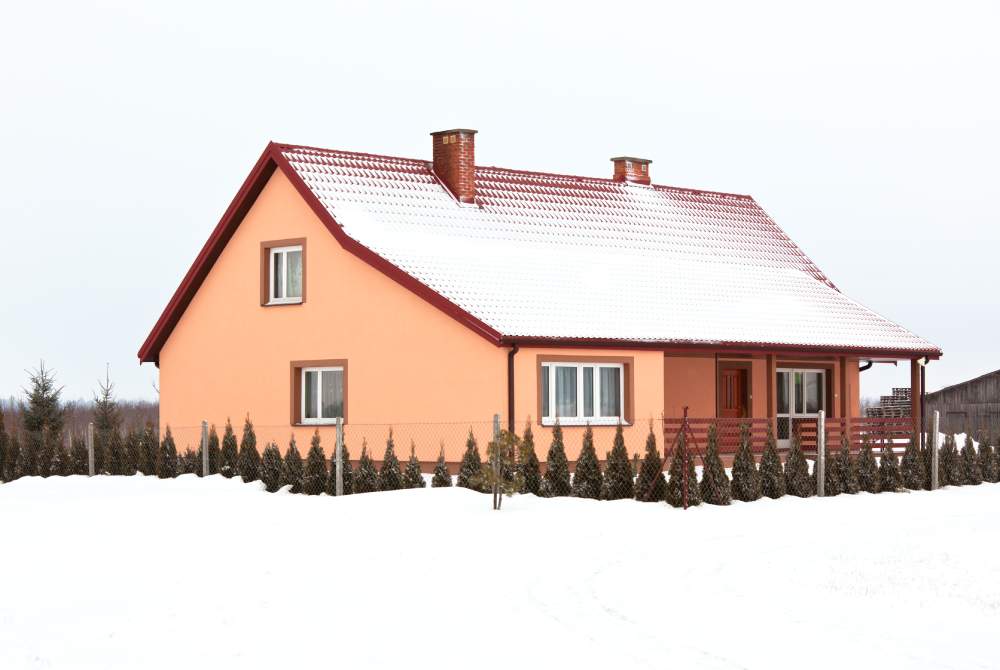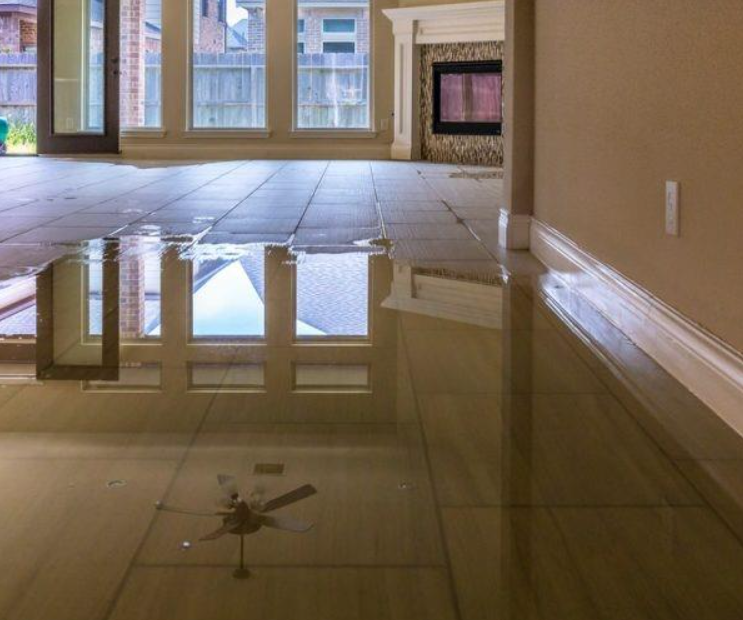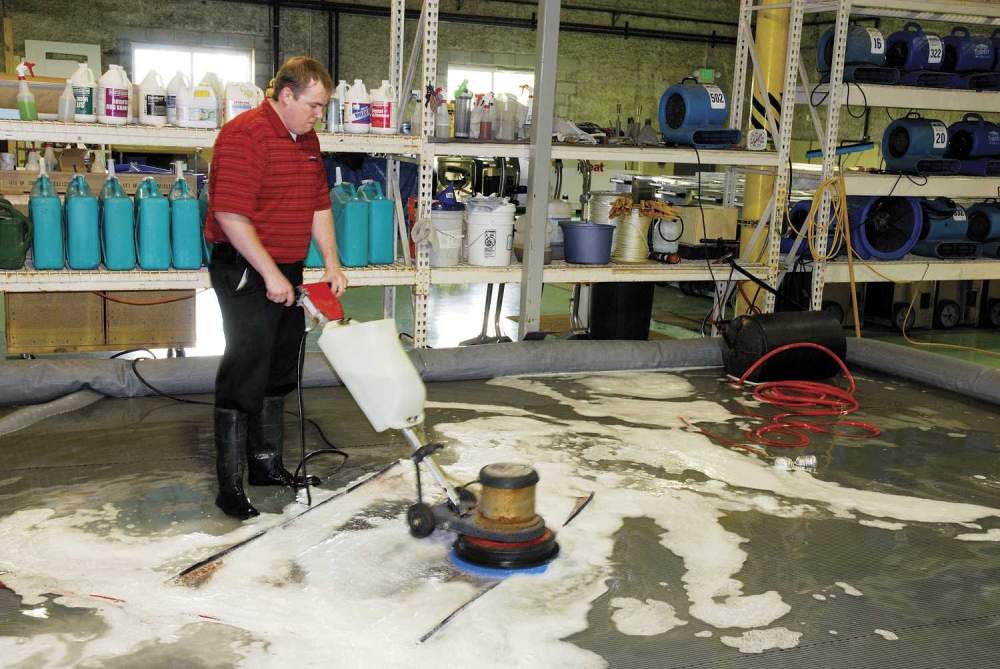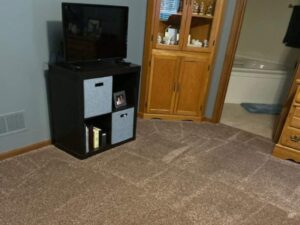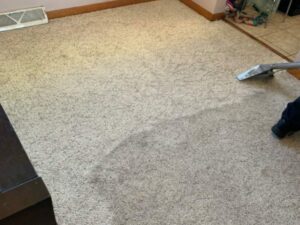After a commercial kitchen fire, you’re faced with a critical situation that requires immediate action. First, you’ll need to assess the damage and guarantee the safety of your staff and customers. This means inspecting appliances and structural components while taking proper precautions.
As you inventory your food supplies, you’ll discover what can be salvaged and what must be discarded. But that’s just the beginning; understanding how to navigate the complexities of restoration and compliance can be overwhelming. So, what’s the best way to move forward and guarantee your kitchen can reopen successfully?
Key Takeaways
• Inspect all affected areas for fire and smoke damage, documenting findings for insurance claims.
• Ensure safety by ventilating the area and wearing protective gear before entering.
• Evaluate and dispose of contaminated food items while documenting discarded products for claims.
• Engage professional restoration services for thorough damage assessment and cleanup.
• Contact local regulatory agencies to understand requirements and schedule necessary inspections before reopening.
Assessing the Damage
Before assessing the damage, make sure the area has been cleared for entry by the fire department and that there are no safety hazards. If there are safety hazards, contact a fire restoration company like AmeriClean in Merrillville, IN to remove those hazards.
Next, inventory your equipment and supplies. Some items may be salvageable with proper fire damage restoration, while others might need complete replacement.
Make a list of everything that’s damaged, and document it with photos for insurance purposes. Once you’ve done your assessment, it’s time to reflect on fire damage cleanup.
Depending on the extent of the fire, you might need professional help for fire restoration services. Restoration companies have the equipment and expertise to handle hazardous materials, smoke damage, and the potential for lingering fire hazards.
Don’t forget about the food inventory. Discard anything that’s been exposed to heat or smoke, as it could pose health risks. Your health department will have guidelines about what to keep and what to throw away.
After you’ve completed your assessment, contact your insurance provider to report the fire damage. They’ll guide you through the claims process, helping you get back on track.
Safety Precautions to Take
Once you’ve assessed the damage and documented everything, it’s vital to prioritize safety precautions before starting any cleanup or restoration efforts.
First, make sure everyone is safe and accounted for. Check for any injuries and call emergency services if needed. Ventilate the area by opening windows and doors to disperse smoke and toxic fumes.
Next, avoid entering areas with visible structural damage or where there’s a risk of gas leaks. If you suspect gas leaks, evacuate the premises immediately and contact the utility company. It’s important to wear appropriate protective gear, like gloves and masks, to shield yourself from hazardous materials, including soot and chemicals from fire suppression systems.
If you notice any of these items, it is best to leave the handling of them to the professionals. A fire restoration company can safely manage these situations and guarantee that everything is properly addressed.
Keep in mind that electrical systems may be compromised, so avoid using any appliances or outlets until a qualified electrician has inspected them.
Document any remaining equipment or inventory that might be salvageable, but don’t touch anything until you’ve consulted with your fire restoration company. Working with professionals won’t only enhance safety but also expedite recovery.
Inventory and Food Disposal
Following a kitchen fire, evaluating your inventory and food disposal becomes vital. Start by surveying all food items to determine what’s salvageable. Smoke and heat can render many products unsafe, even if they appear intact. If you notice any packaging damage, discard those items immediately. Remember, it’s better to error on the side of caution; food safety is key.
Next, check for any pre-packaged items that might’ve absorbed smoke or chemicals from fire suppression systems. These products often won’t be safe to use. If you’re unsure about an item, reference the Food Salvage Guide from the Association of Food and Drug Officials, which can provide guidance on what to keep and what to toss.
Once you’ve identified the food that must be disposed of, arrange for proper disposal. Request a special trash pickup if possible, to guarantee that contaminated items are handled appropriately. Keep in mind that local regulations may dictate how you should dispose of food waste after a fire.
Document everything you discard for insurance purposes. Take photos of the damaged food and note their types and quantities. This information can be significant when filing claims. After handling food disposal, focus on cleaning your inventory area and equipment. Smoke damage can linger, and you want to minimize the risk of contamination or bad odors.
Professional Restoration Services
Ensuring your kitchen is safe and operational again requires the expertise of professional restoration services. After a fire, the damage can be extensive, and attempting to handle the cleanup yourself can lead to further hazards. Trained professionals know how to assess the situation, identify risks, and implement effective cleanup methods. AmeriClean in Merrillville, IN is an experienced fire restoration company that has been serving Northwest Indiana since 1986.
They’ll take care of smoke damage, which can permeate materials and linger long after the fire is out. This is essential because smoke can affect air quality and pose health risks to your staff and customers. Restoration teams use specialized equipment to remove soot and odors, ensuring your kitchen returns to a safe environment.
In addition, they’re skilled at dealing with the aftermath of fire suppression systems. The chemicals used to extinguish the fire can be hazardous if not handled properly. Professionals will know how to clean and restore affected areas without compromising safety.
The restoration process might also involve evaluating and repairing kitchen equipment. They’ll inspect everything from ovens to refrigerators, ensuring they’re safe and functional before you reopen. Furthermore, they can help with the disposal of irreparable items in compliance with local regulations, preventing any legal issues.
Lastly, time is of the essence. The sooner you engage professional restoration services, the quicker you can return to business. They’ll work efficiently to minimize downtime and help you get back to serving your customers as soon as possible.
Regulatory Compliance and Reopening
Steering through the regulatory landscape after a kitchen fire is essential for a smooth reopening. You’ll need to first assess the damage and document everything for insurance and regulatory purposes. Take detailed photos and keep records of all communications. This documentation will be important when dealing with your local health department and insurance companies.
Next, contact your local regulatory agency to understand the specific requirements for reopening. Each jurisdiction has its own set of rules regarding health and safety inspections, so don’t skip this step. They may require a complete cleanup and restoration before granting permission to reopen.
Be prepared for inspectors to evaluate the integrity of your kitchen, equipment, and food safety standards. You’ll likely have to submit a plan outlining your restoration efforts and any changes made to the layout or equipment. This plan demonstrates your commitment to safety and compliance.
If your kitchen has sustained significant damage, consider hiring professional restoration services familiar with local regulations to guarantee thorough cleaning and repairs. After addressing these compliance issues, schedule your inspection as soon as possible.
Once the inspection is complete and you’ve received approval, you can start planning your reopening. Communicate your timeline with staff and customers to build anticipation and trust. Remember, regulatory compliance isn’t just a requirement; it’s a critical step in
restoring your reputation and business.
Conclusion
After a commercial kitchen fire, it’s crucial to act quickly and carefully. By evaluating the damage, taking safety precautions, and properly inventorying food items, you can lay the groundwork for recovery. Don’t hesitate to call in professional restoration services to handle extensive damage and guarantee compliance with regulations. Remember to document everything for insurance claims and prepare for health inspections. With these steps, you’ll be on track to reopen your kitchen safely and efficiently.



